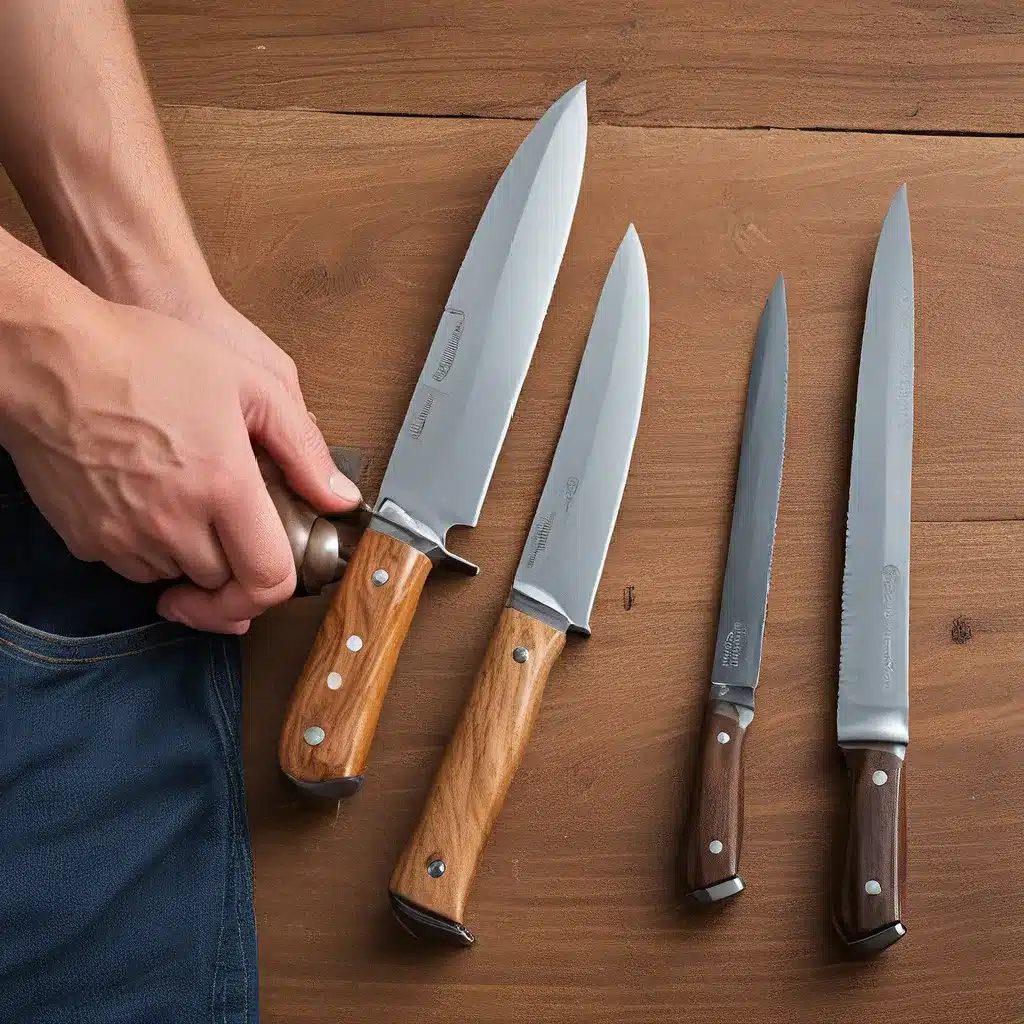
As someone deeply fascinated by the art and functionality of knives, I’ve always been a strong advocate for responsible knife ownership and usage. In this comprehensive guide, I’ll share my insights and practical tips to help you navigate the world of knives safely and responsibly.
Understanding the Legal Landscape
Before we dive into the nitty-gritty of knife safety, it’s crucial to understand the legal framework surrounding these tools. After all, the last thing we want is to find ourselves on the wrong side of the law.
Butterfly knives, also known as balisongs, are a prime example of the legal complexities we face. These intriguing blades with their unique folding mechanisms captivate knife enthusiasts, but they also fall under specific regulations and restrictions in many jurisdictions.
The key is to familiarize yourself with how butterfly knives are categorized – as weapons or blades – and the corresponding laws in your area. Some regions may consider them restricted weapons, while others may treat them as legal knives with specific carry or concealment rules. By understanding the nuances of the legal landscape, you can ensure compliance and avoid any unwanted run-ins with the authorities.
Responsible Knife Ownership
Once you’ve grasped the legal aspects, it’s time to delve into the realm of responsible knife ownership. After all, these tools can be incredibly useful, but they also require a certain level of care and attention.
Introducing young people to knives is a particularly delicate matter. As parents or mentors, we have a responsibility to instill the right values and ensure safe practices. The appropriate age to introduce a child to a knife can vary, but the underlying principle remains the same: prioritize maturity, responsibility, and supervision.
One of my fondest memories is the day I received my first knife – a humble Swiss Army Soldier with its 10 versatile implements. It was a rite of passage, to be sure, but it also came with a clear understanding of the importance of proper use and care. I vividly remember the “riot act” my parents read me about safety and respecting the knife, a lesson that has stuck with me to this day.
Mastering Knife Safety
Now, let’s dive into the heart of the matter: knife safety. This is where the rubber meets the road, and where our commitment to responsible ownership truly shines.
One of the most crucial lessons I’ve learned is to always cut away from yourself. It’s a simple rule, but one that can make all the difference in preventing nasty accidents. Equally important is keeping your fingers clear of the edge, especially when opening and closing a knife. And never, ever use your finger to test for sharpness – that’s a lesson best learned through heeding the advice of others.
When it comes to sharpening knives, I’ve found that a ceramic sharpener and a whetstone are the way to go. It’s a skill that takes some practice, but the rewards are immense. A sharp knife is not only more effective, but it’s also safer than a dull one. Just be sure to keep your fingers out of harm’s way during the sharpening process.
And let’s not forget the importance of proper storage and transport. Dedicated sheaths or cases can go a long way in keeping your knives secure and your environment safe. It’s a small investment that can pay dividends in the long run.
Embracing the Art of Knife Ownership
Knives are not just tools; they’re intricate works of art that capture the imagination of enthusiasts like myself. Herman Knives is a prime example of a company that celebrates the beauty and craftsmanship of these remarkable implements.
But beyond the aesthetic appeal, responsible knife ownership is about cultivating a deep appreciation for the history, function, and cultural significance of these remarkable tools. It’s about understanding the weight of the responsibility we bear as stewards of these remarkable implements.
As I’ve navigated the world of knives, I’ve been consistently awed by the stories and insights shared by seasoned collectors, historians, and enthusiasts. From the legendary AG Russell to the tireless efforts of organizations like the American Knife and Tool Institute (AKTI), the depth of knowledge and passion within this community is truly inspiring.
Conclusion: Knives and the Pursuit of Responsible Ownership
In the end, responsible knife ownership is not just about following the rules and avoiding accidents. It’s about cultivating a deep respect for these remarkable tools, understanding their place in history and culture, and sharing that knowledge with others.
As I’ve delved deeper into the world of knives, I’ve come to appreciate the nuance, the artistry, and the sense of responsibility that comes with being a steward of these remarkable implements. It’s a journey that I’m honored to be a part of, and one that I hope you’ll join me on as we explore the fascinating landscape of knife safety and responsible ownership.
So, whether you’re a seasoned collector or just starting to dip your toes into the world of knives, I encourage you to approach these tools with the reverence and care they deserve. After all, a knife is not just a tool – it’s a reflection of our history, our culture, and our commitment to responsible craftsmanship.


